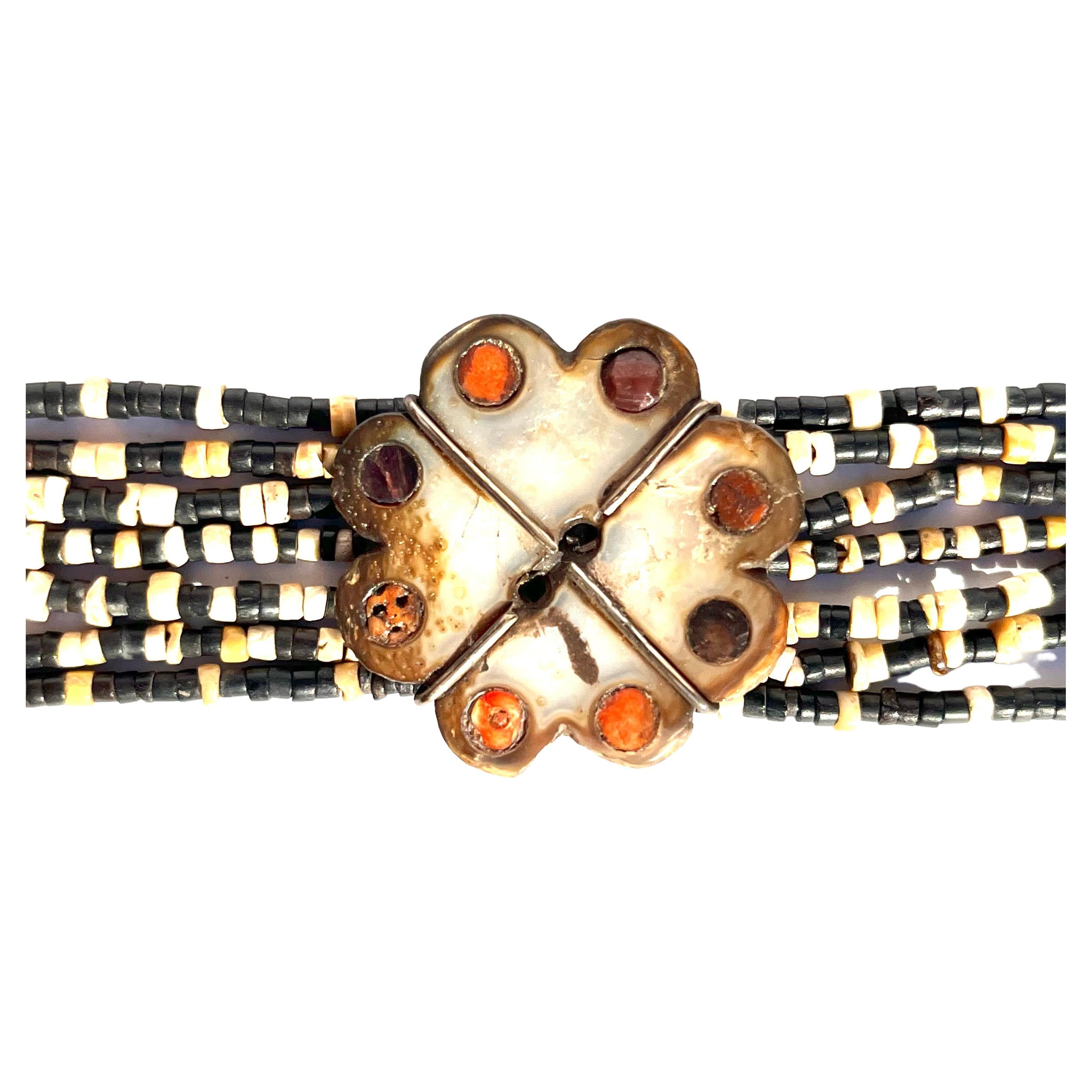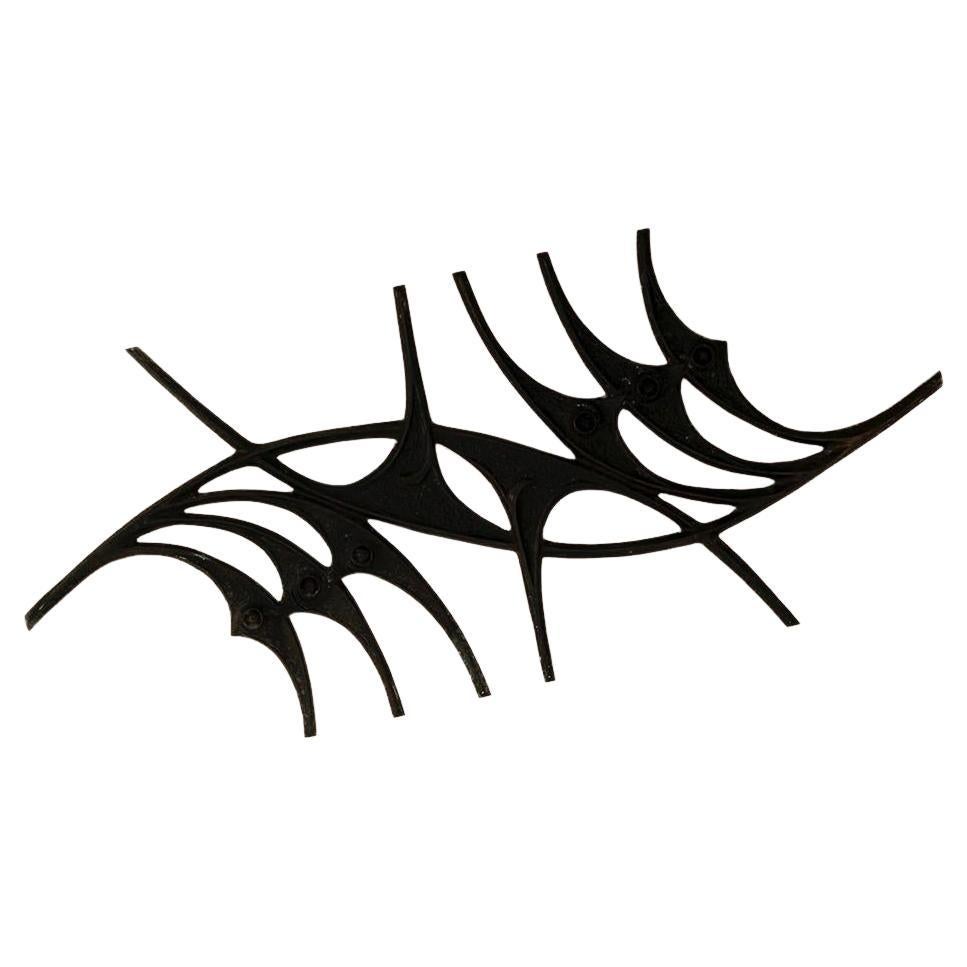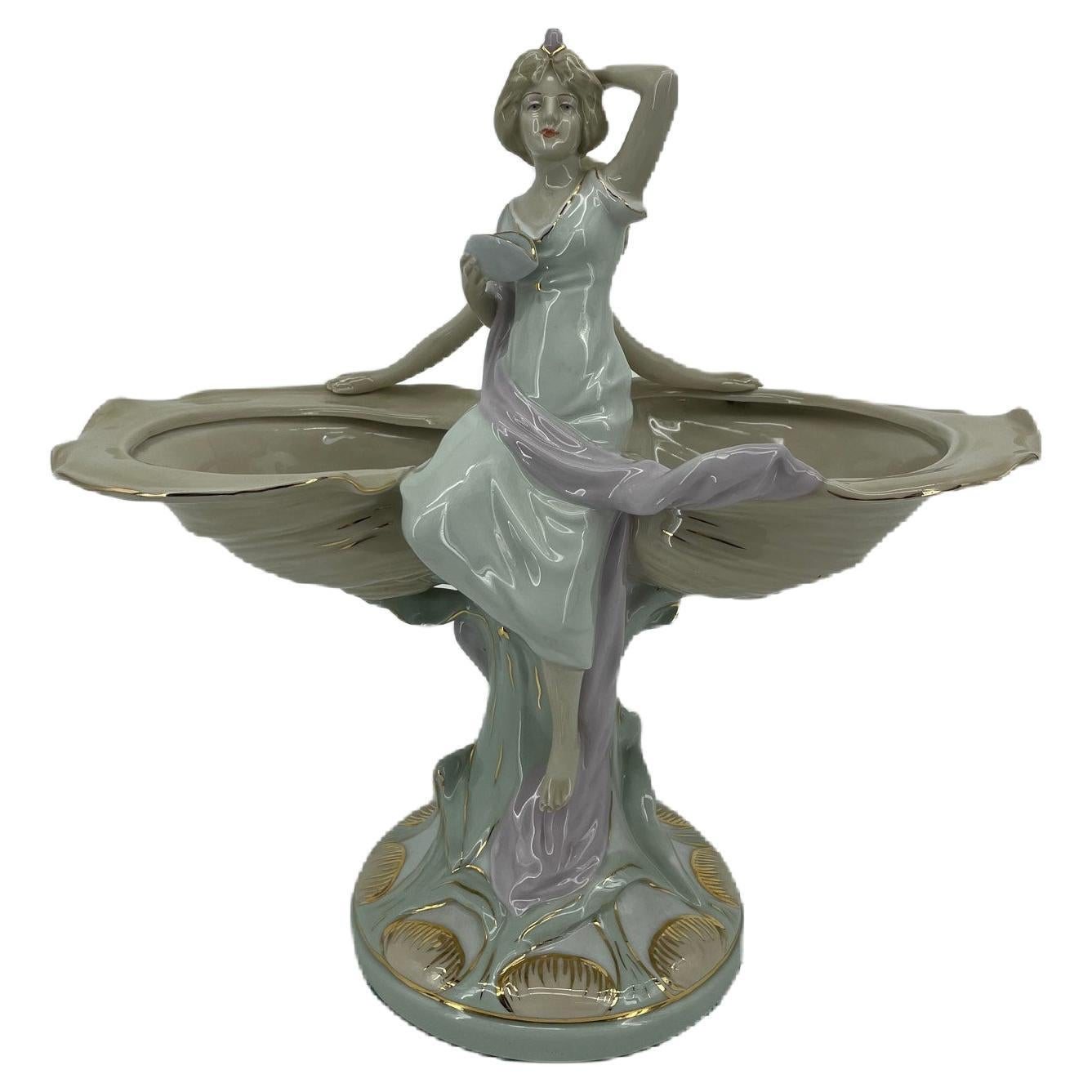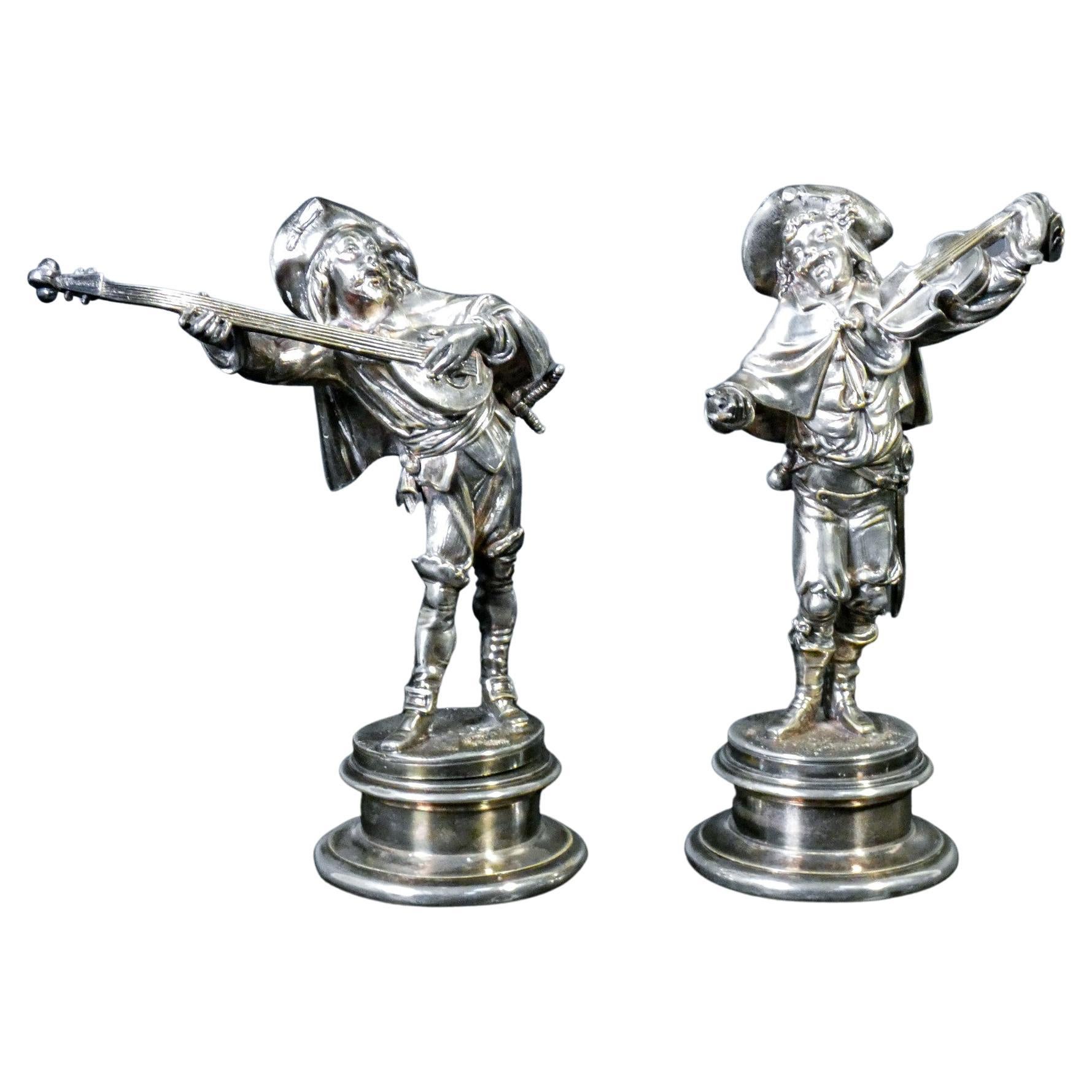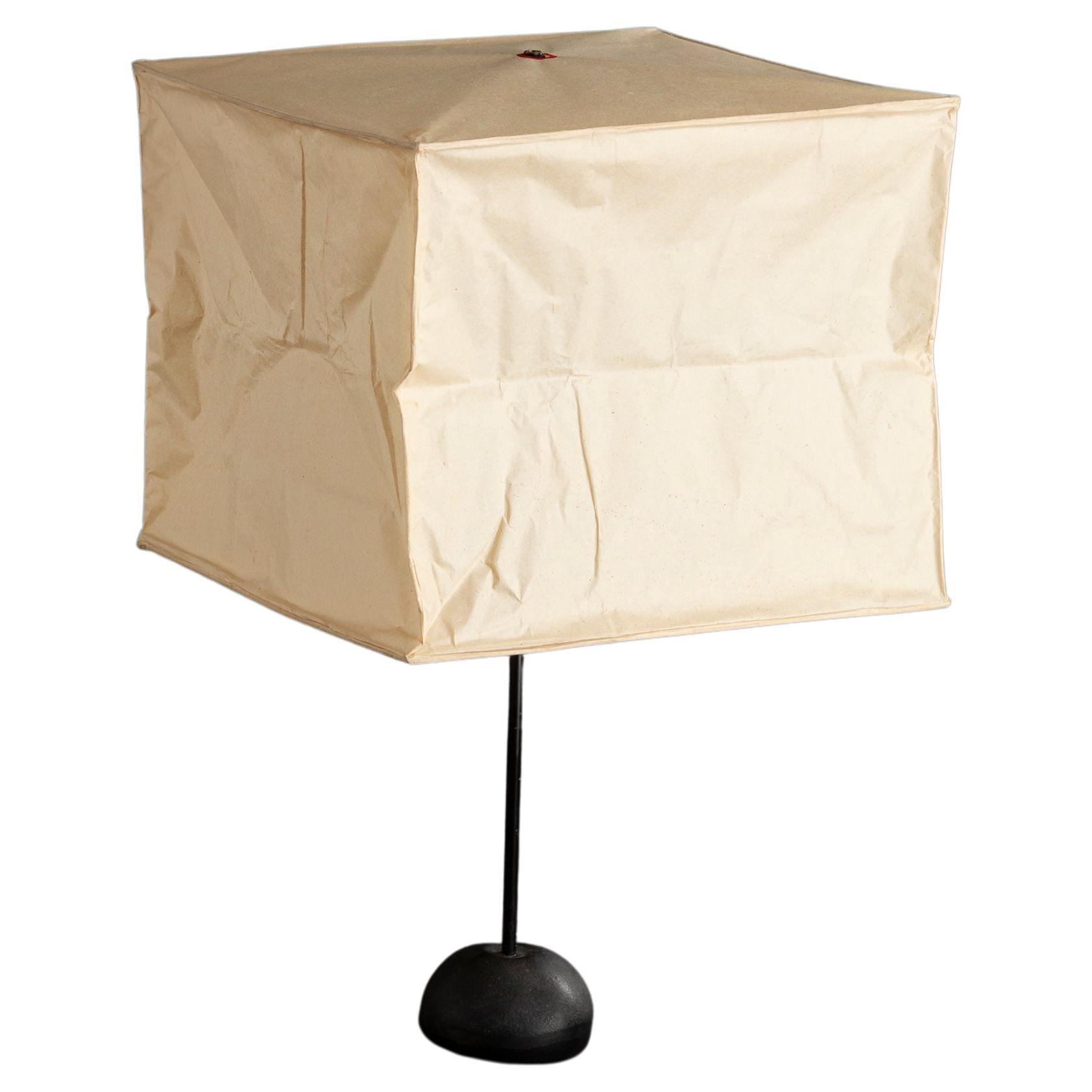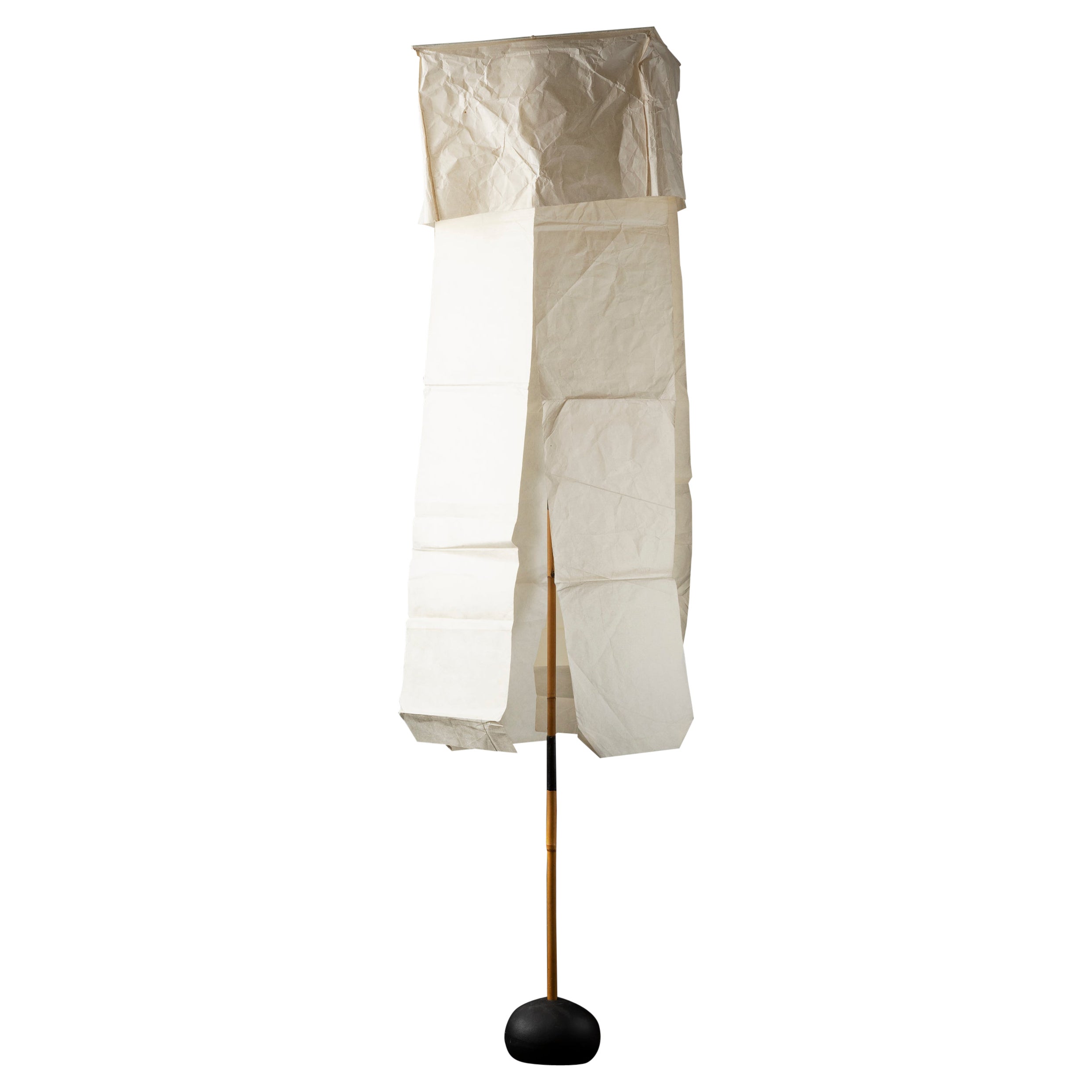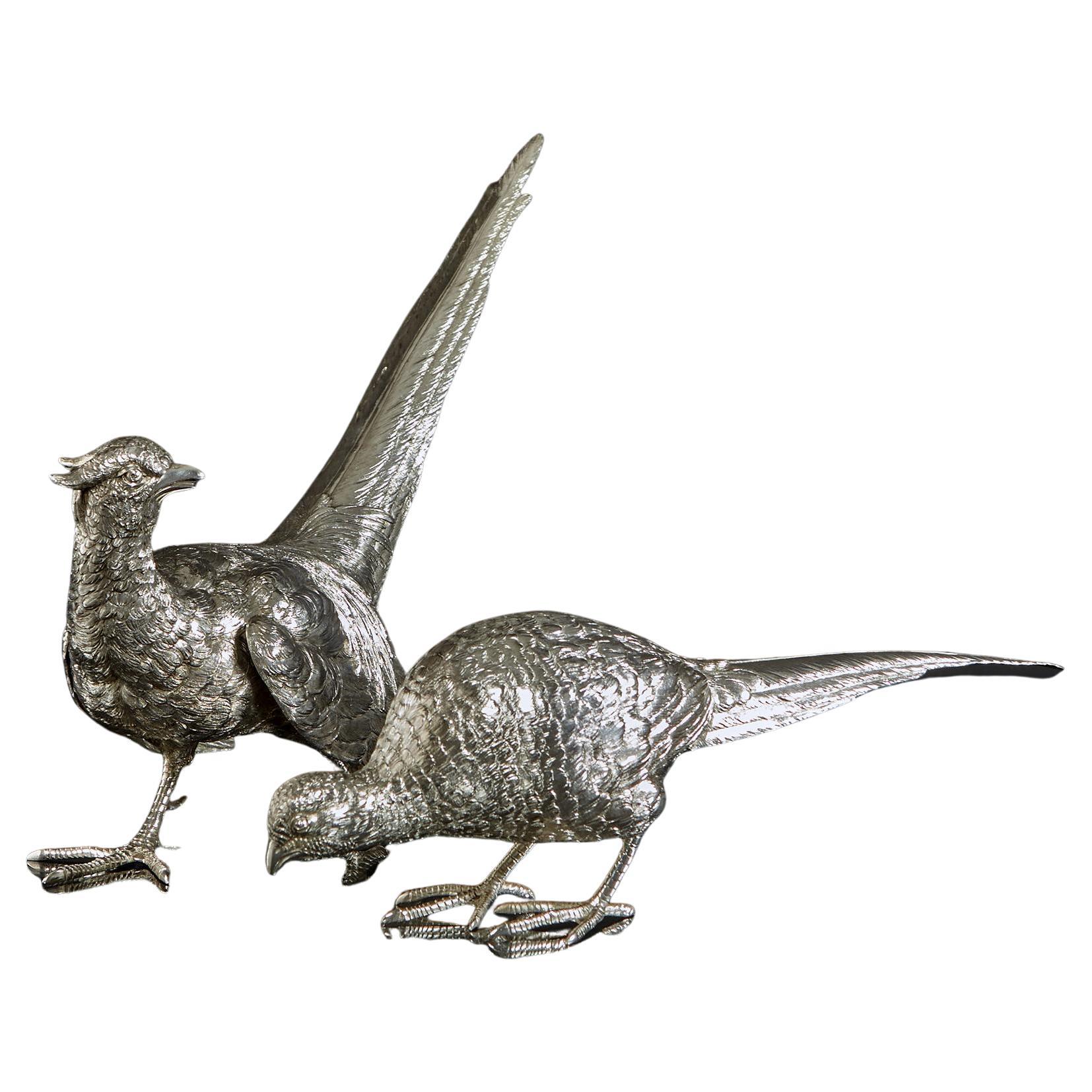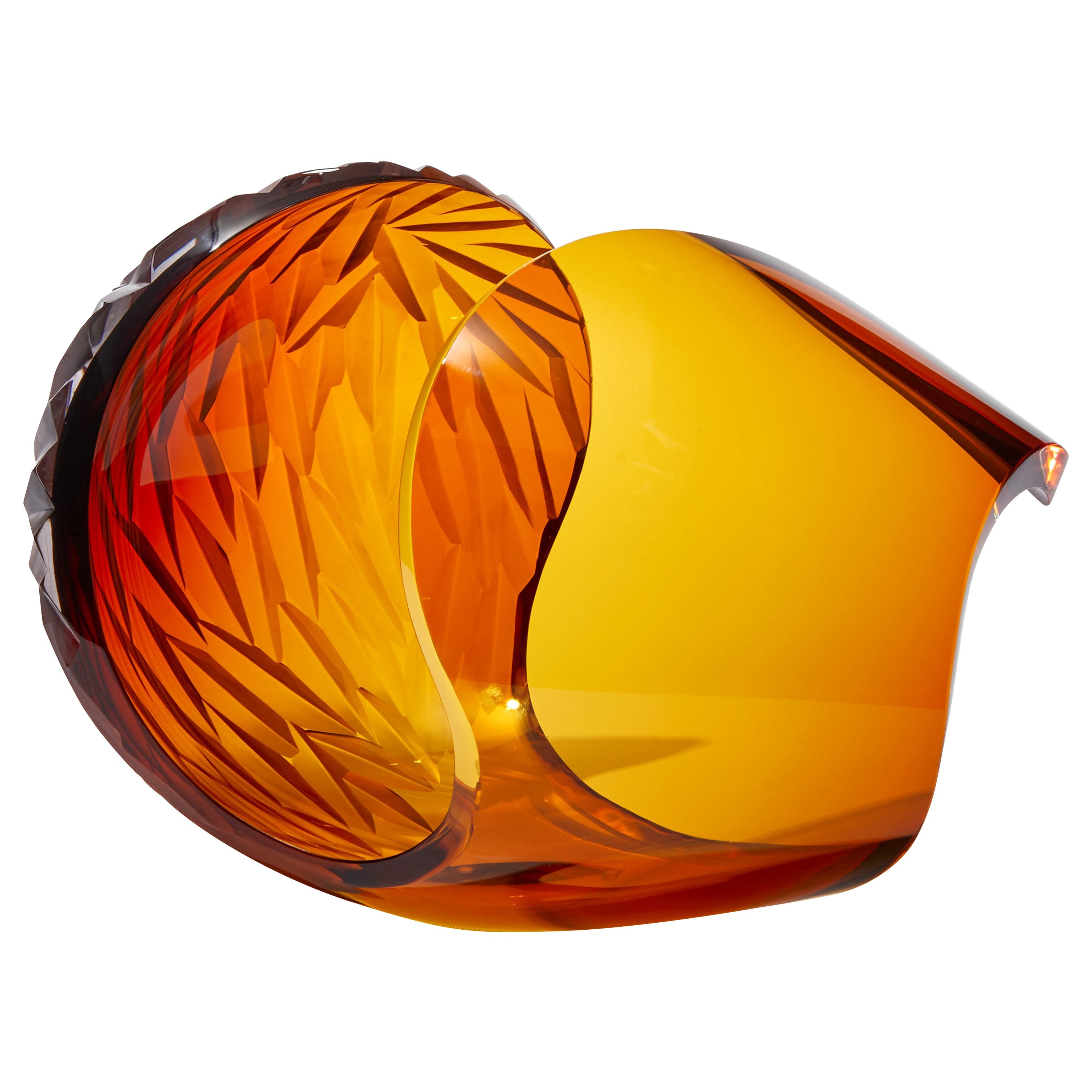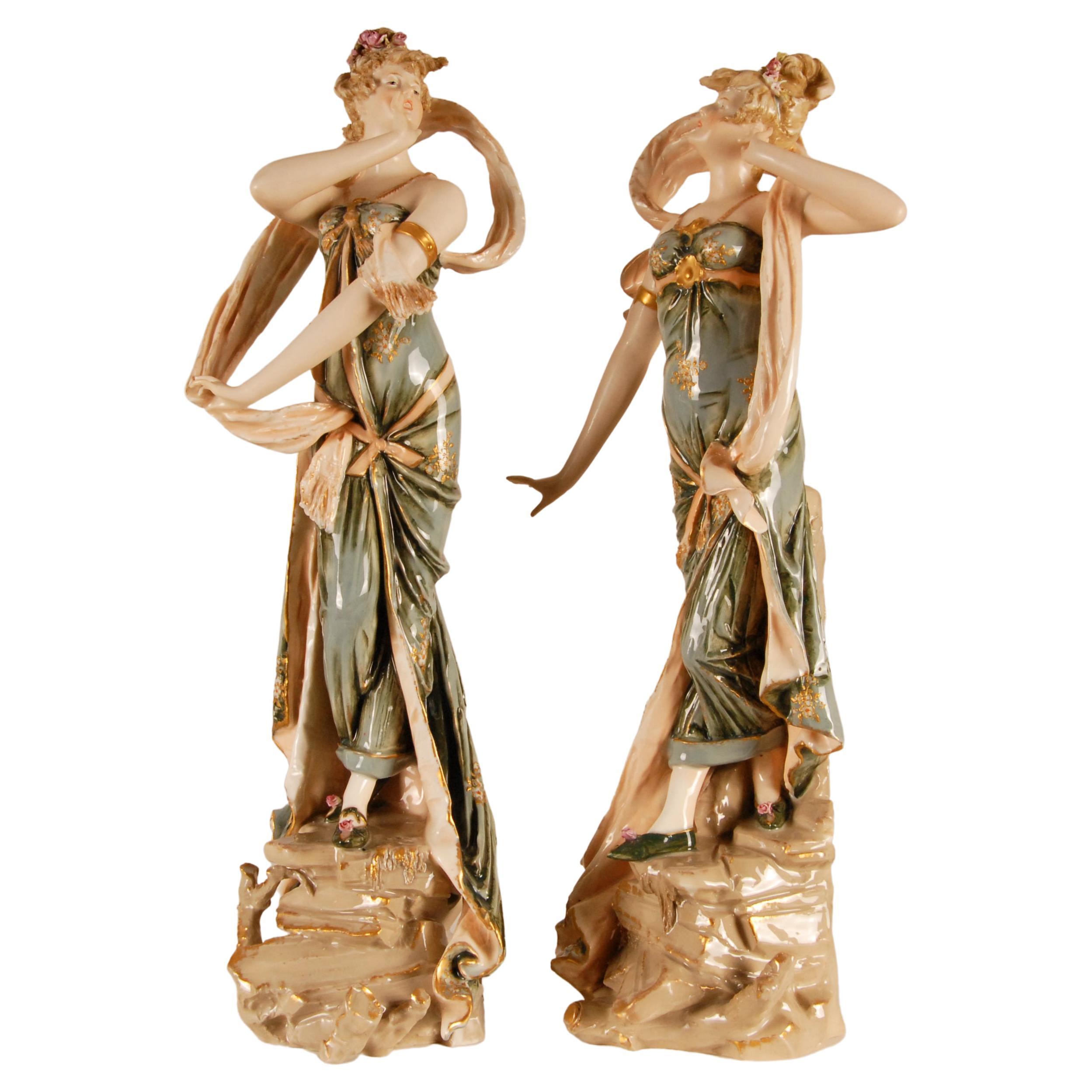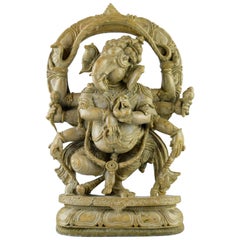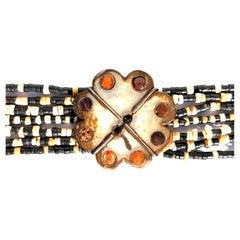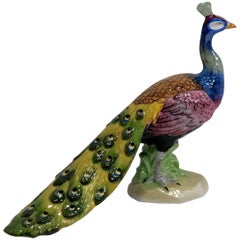
Ratto delle Sabine in marmo Serpentino Verde copia da Gianbologna, Italia
View Similar Items
Video Loading
Want more images or videos?
Request additional images or videos from the seller
1 of 22
Ratto delle Sabine in marmo Serpentino Verde copia da Gianbologna, Italia
About the Item
- Dimensions:Height: 37.41 in (95 cm)Width: 9.06 in (23 cm)Depth: 9.06 in (23 cm)
- Materials and Techniques:
- Place of Origin:
- Period:
- Date of Manufacture:1880 circa
- Condition:Repaired. Wear consistent with age and use.
- Seller Location:Prato, IT
- Reference Number:1stDibs: LU5715236715852
About the Seller
5.0
Vetted Seller
These experienced sellers undergo a comprehensive evaluation by our team of in-house experts.
Established in 1965
1stDibs seller since 2021
12 sales on 1stDibs
More From This SellerView All
- Vincenzo Rosignoli 'Assisi, 1856 - Firenze, 1920' ScugnizzoBy Vincenzo RosignoliLocated in Prato, ITHe lived for many years in Florence, where he was a pupil of the sculptor augusto passaglia. He decorates numerous florentine buildings and creates various sculptures in tuscany and ...Category
Antique Late 19th Century Italian Busts
MaterialsTerracotta, Walnut
- Finely Modeled Terracotta Capital with Cherubs, Late 19th CenturyLocated in Prato, ITFlorence, late 19th century Break repaired with old restoration (see photos) Dimensions: cm H 30 x L 33 x P 26.Category
Antique Late 19th Century Italian Figurative Sculptures
MaterialsTerracotta
- Finely Executed Ganesh Soapstone Sculpture, 19th CenturyLocated in Prato, ITIndia, 19th century Signs of old repaired cracks Dimensions: approx. H 29 x L 20 x P 6 cm. In the Hindu religion, Ganesha or Ganesh (Sanskrit ???? IAST Ga?esa [1]) is one of the...Category
Antique 19th Century Indian Figurative Sculptures
MaterialsSoapstone
- Flying Mercury in green marble copied from the famous work of GiambolognaLocated in Prato, ITGreen serpentine marble sculpture Late 19th century Height approx. 88 cm. The flying mercury and the bronzes While he was still busy working on the fountain in piazza Maggiore, the papal delegate Cesi asked Giambologna for a statue to be placed in the courtyard of the Archiginnasio, seat of the ancient and prestigious Bolognese university; he should have painted a bronze depicting the god Mercury with his index finger stretched towards the sky, a symbol of the divine origin of knowledge, which would have served as a warning to all students. The project was never completed, but Giambologna elaborated a model preserved at the Civic Museum of Bologna, which is only the first of the numerous bronzes with the same subject made by the artist, defined precisely as flying Mercury. In later versions, the sculptor transformed Mercury into a much more dynamic figure reaching upwards, as if ready to take flight, giving it an unprecedented freedom of movement and lightness. When he returned to Florence, the sculptor certainly proposed it to the Medici, who enthusiastically immediately ordered one to be sent to Emperor Maximilian II of Habsburg, as a diplomatic gift for the ongoing negotiations of the wedding between Francesco and Giovanna, sister of the sovereign. Giambologna replied with the two bronzes preserved in Vienna and Dresden and in 1580 cast the large Mercury now exhibited in the Bargello, originally intended for the loggia of the villa of Cardinal Ferdinando dei Medici to crown a fountain placed in the center of a magnificent decorative complex; the only variant with respect to the previous examples is constituted by the head of Zephyr placed under the foot of the god and from which a breath of wind blows it upwards, accentuating the sense of immateriality. In addition to the successful invention of the flying Mercury, Giambologna acquired immense fame by making numerous other bronzes for the Florentine collectors of the time; his first patron, Bernardo Vecchietti must certainly have owned many, given to him in part by the sculptor in exchange for his protection, but around the 1880s it can be said that there was no collector who did not aspire to own a work by Giambologna, especially those of small format. The development of this trend in Florence is largely due to the artistic passions of the Grand Duke Francesco I, who with the creation of environments such as the Studiolo in Palazzo Vecchio and the Tribuna degli Uffizi, provided new criteria for the exhibition of the works, pushing all collectors to imitate his extraordinary collection. In the Studiolo, in addition to the painted tables that decorated the doors of the cupboards filled with all kinds of things, there were 8 niches containing bronze figures of divinities; Giambologna painted the one depicting Apollo (1573-75), with the characteristic serpentine pose and beautifully finished. The placement of the statuette in the niche was no longer an impediment to the plurality of views as Giambologna endowed it with a sort of mechanism that allowed it to rotate. For the Tribune he instead created the six Labors of Hercules (1576-1589), small silver sculptures...Category
Antique Late 19th Century Italian Figurative Sculptures
MaterialsMarble
- Emanuele Zambini Terracotta SculptureLocated in Prato, ITFirenze, Italy, 1942 In terracotta Signed Emanuele Zambini Measure: Height 61 cm.Category
Vintage 1940s Italian Figurative Sculptures
MaterialsTerracotta
- Maiden with Goat by Odo Franceschi (1879-1958) bronze, Florence, ItalyLocated in Prato, ITMaiden with Goat Florence, Early 1900s Odo Franceschi was born in Sesto Fiorentino in 1879. A student of Emilio Zocchi, Augusto Rivalta and Urbano Lucch...Category
Early 20th Century Figurative Sculptures
MaterialsBronze
You May Also Like
- Pre Colombian Choker Necklace with Mother of Pearl and BeadsLocated in Dallas, TXPre-Columbian, North Coast Peru, Moche, ca. 100 to 500 CE. A choker necklace comprised of seven strands strung with hundreds of black and white hand-carved shell beads. The strands...Category
Antique 15th Century and Earlier Peruvian Pre-Columbian Natural Specimens
MaterialsCoral
- Exquisite Dresden Porcelain Peacock Tail Closed Facing Forward Figurine GermanyBy Dresden PorcelainLocated in Tustin, CAHandmade, hand painted, collectible estate figurine from Dresden Porcelain in Germany is a brightly colored, beautifully sculpted, proud male peacock who is facing forward, with his ...Category
21st Century and Contemporary German Animal Sculptures
MaterialsPorcelain
- Pair of Akari V2 on Single Stem Base T2 by Isamu Noguchi, Ozeki, 1951By Isamu NoguchiLocated in Lille, Hauts-de-FranceA pair of Akari model “V2” on “Single Stem Base” (T2) by Isamu Noguchi Original shade in washi Structure in black lacquered metal & pebble base in cast iron and black lacquered met...Category
Vintage 1950s Japanese Table Lamps
MaterialsMetal
- Large Brutalist Wall Sculpture in Lacquered Iron, 1970sLocated in Hellouw, NLThis abstract wall sculpture has a special appearance and is very decorative. It is work made of iron where the parts are welded together and then painted with black paint. The edges...Category
Vintage 1970s European Brutalist Abstract Sculptures
MaterialsIron
- Royal Dux Figurine's', Porcelain Two Shell Shaped DishesBy Royal DuxLocated in Tilburg, NLRoyal Dux figurine Hand painted and impressive porcelain figurine modelled as two shell shaped dishes surmounted by two maidens, raised on a rustic spreadi...Category
Vintage 1980s Czech Mid-Century Modern Figurative Sculptures
MaterialsPorcelain
- Pair of Sheffield Sculptures, Signed Emile Guillemin, Players, France, 1800By Émile GuilleminLocated in Torino, ITPair of Sheffield sculptures signed Emile Guillemin, Players Origin France Period 1800 Author The pieces are signed on the base Émile Guillemin ...Category
Antique Mid-19th Century French Figurative Sculptures
MaterialsMetal, Sheffield Plate
Recently Viewed
View AllMore Ways To Browse
Greek Female Statue
Art Deco Female Statue On Marble Base
Large White Japanese Ceramic Sculpture
Ancient Greek Sandals
Dogon African Wood Sculpture
Nid Sculpture
Alfonso Milano
Robj Musicians
Curtis Jere Trolley
Hagenauer Tennis
Collector Group
Carved Giltwood Objects
Antique Woman Sculpture
Intricately Carved Wood Sculpture
Large Polychrome Figure
Ceramic Statuette
Female Dancer Statue
Sphinx France
